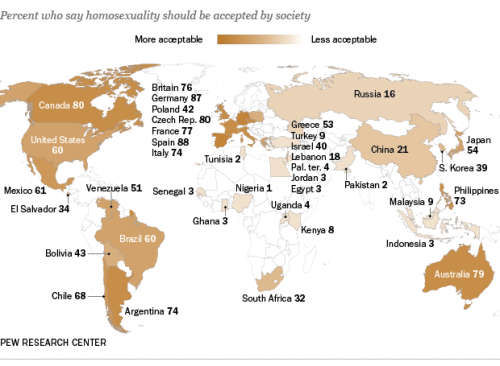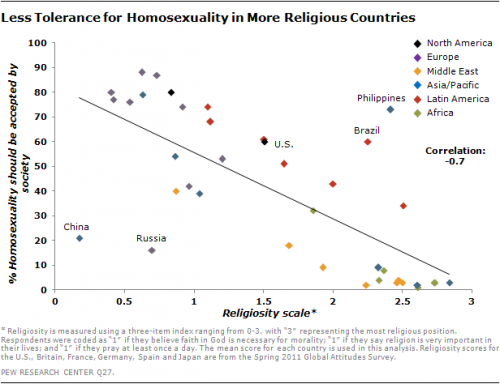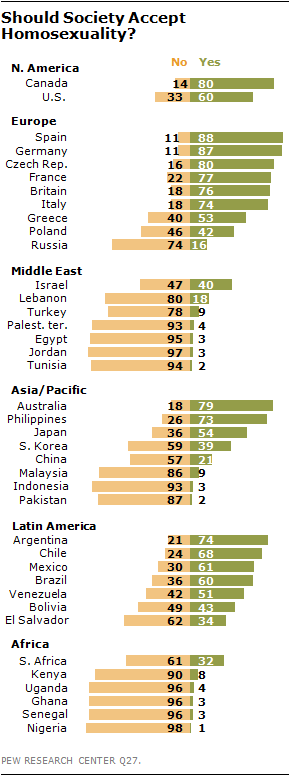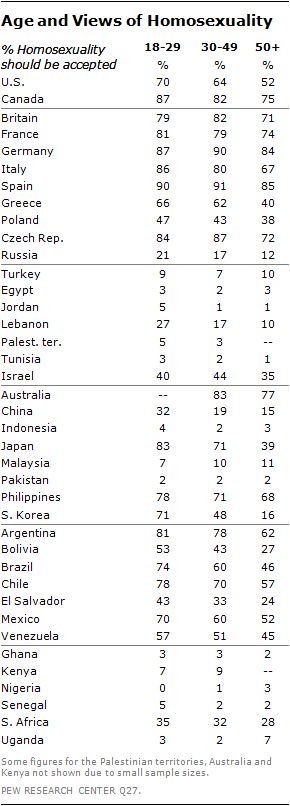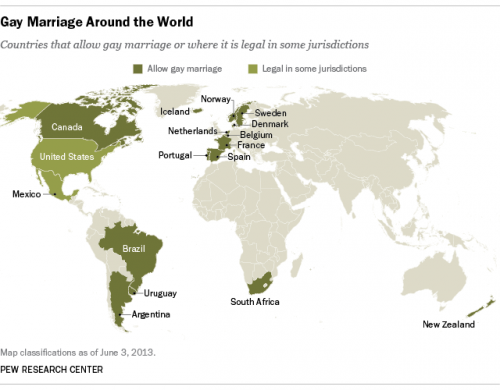The word “heteronormativity” refers to a persistent privileging of “opposite”-sex couples and the relative invisibility of people who partner with others of their “same” sex. Halloween costumes are a great example of the phenomenon. Costumes designed for couples nearly always assume that they need to outfit a man and a woman, not two men or two women.
As an example, here is the main page for couples costumes at Party City. Notice that all couples represented are heterosexual:
Occasionally the costumes even have heterosexualized themes that metaphorically refer to penile-vaginal intercourse, like this plug and socket costume at Buy Costumes…
…and this updated usb and dock costume:
It’s a simple point, but worth observing. For people who aren’t heterosexual, these Halloween costumes are just one more example of how they aren’t recognized or validated by our society. We are increasingly accepting of gay people, yet they remain marginal in our collective imagination.
Originally posted in 2012.
Lisa Wade, PhD is an Associate Professor at Tulane University. She is the author of American Hookup, a book about college sexual culture; a textbook about gender; and a forthcoming introductory text: Terrible Magnificent Sociology. You can follow her on Twitter and Instagram.







